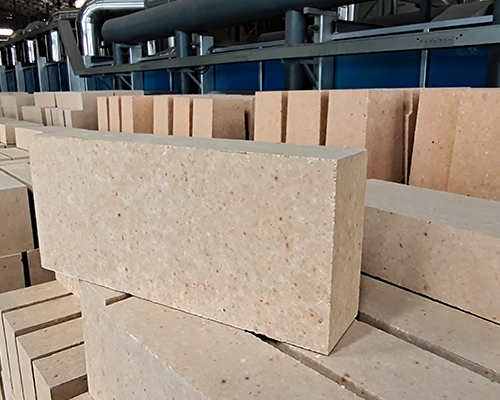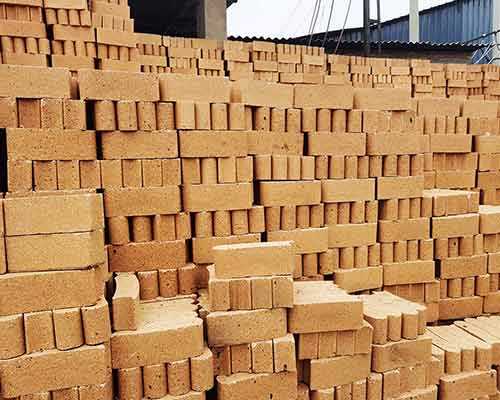- 21
- Mar
What are the matters needing attention in the construction of lightweight refractory bricks in winter?
What are the matters needing attention in the construction of lightweight refractory bricks in winter?
Lightweight refractory brick is one of the ancient building materials. It can be used almost everywhere in the construction industry as far as masonry is concerned. We usually have the requirements during construction. Then, it is relatively cold in winter and there are requirements during construction. Let’s understand what needs to be paid attention to in winter construction.
Winter construction phase
When the outdoor daily average temperature is lower than or equal to 5°C for 5 consecutive days, or the daily low temperature drops below 0°C, the winter construction phase is entered.
When the air temperature is lower than 0°C, the refractory mortar used for masonry is easy to freeze, and the moisture in the mortar joints will expand due to freezing. The compactness of the ash seam is destroyed. It also increases the porosity of the ash joints. This greatly reduces the quality and strength of the masonry.

The furnace construction in winter should be carried out in a heating environment
Masonry industrial furnaces in winter should be carried out in a heating environment. The temperature at the working place and around the masonry should not be lower than 5℃. The mixing of refractory slurry and unshaped refractory materials should be carried out in a warm shed. Cement, formwork and other materials should be stored in the warm shed. When cement mortar is used to build the red bricks of the flue outside the furnace, the freezing method can be used, but the special regulations for the freezing method must be implemented.
Environmental temperature of refractory masonry in winter
When building industrial furnaces in winter, the temperature around the work site and the masonry shall not be lower than 5°C. The furnace has been built, but the furnace cannot be baked immediately. Drying measures should be taken, otherwise the temperature around the masonry should not be lower than 5°C.
Refractory temperature control
The temperature of refractory materials and prefabricated blocks should be above 0℃ before masonry.
The temperature of refractory slurry, refractory plastic, refractory spray paint and cement refractory castable during construction. Neither should be lower than 5°C. Clay-combined refractory castables, sodium silicate refractory castables, and phosphate refractory castables should not be lower than 10°C during construction.

Temperature conditions for refractory masonry construction in winter
When building industrial furnaces in winter, the main body of the industrial furnace and the operating site should be equipped with a warm shed. Heating and firing should be carried out when necessary. The mixing of the fire slurry and refractory castables should be carried out in the warm shed. Cement, formwork, bricks, mud and other materials should be transported into the greenhouse for storage.
The above is a brief introduction on how to construct lightweight refractory bricks in winter. As the temperature in winter is relatively low, the above introduction should be strictly implemented. The construction should not be too rigid and should also be combined with the current specific situation. Only by strictly doing every step well, the results of the construction will be satisfactory and the building will be guaranteed.
